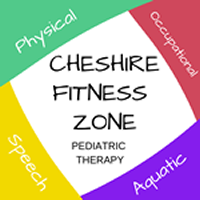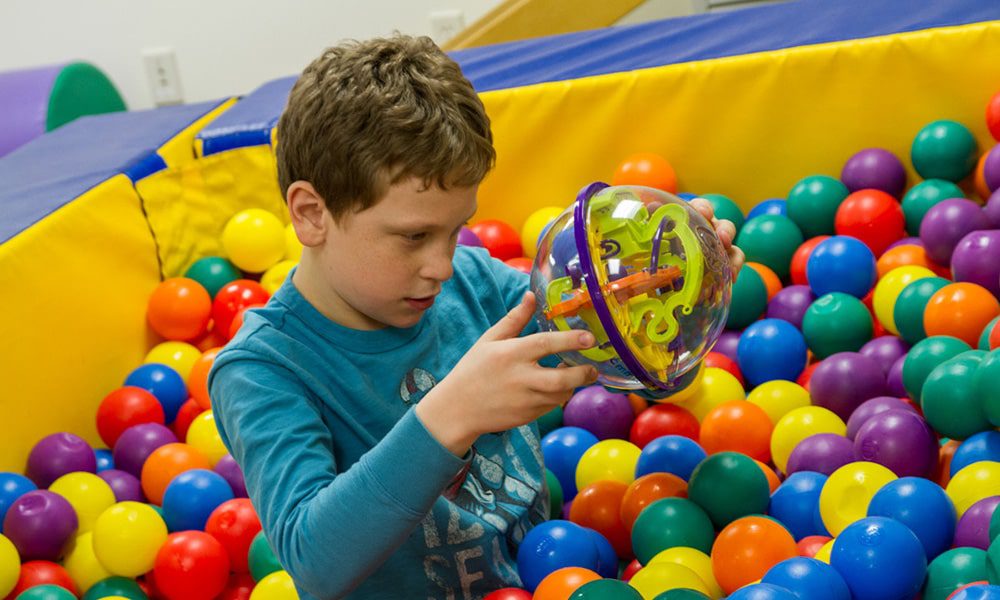Commonly referred to as pool therapy, aquatic therapy uses the distinct properties of water to rehabilitate patients with chronic illness or after injury. When used on kids, it facilitates the acquisition of developmental milestones, improving social, fitness and life-long leisure skills while at it. Here are a few ways aquatic therapy can be used to your kid reach his or her full potential.
Breath support
For children with speech problems, aquatic therapy can be quite helpful. By utilizing techniques such as holding his or her breathe under water, raising arms up and bringing them down with the resistance of water, and deep breathing, your kid is able to breathe better, something that is required for proper speech.
Increased tactile input
Children with sensory processing disorders, such as those with autism, generally feel more at ease in the water, largely because of the larger amount of proprioceptive input they receive in the water. This input is generally 14 times the normal amount. The tactile and deep pressure input that water provides increases awareness of where their legs and arms are, and what it feels like to move them. The overall increased tactile and deep pressure input is helpful for a child that is finding it difficult to process sensory input transfer as it turns him or her into a more organized and calm being.
Buoyancy
Kids that are not able to walk on land find it easier walking with the buoyancy assist of water. Unique properties of the water allow these kids to work on developmental skills such as jumping, rolling, walking and crawling. Buoyancy can assist, resist or support, depending on the therapy goal. A kid who has had positive experiences in the pool will be highly motivated to learn in the aquatic environment. The principle of buoyancy makes walking in deeper water easier then walking at waist level. When a kid has mastered walking at deeper water, he or she is then able to easily walk on shallower water, simulating walking on land while at it.
Gains in range of motions
Aquatic therapy pools are commonly set between a comfortable 80- and 90-degrees Celsius. This is an ideal temperature to help relax the muscles. This temperature range allows a physical therapist to improve the flexibility of specific muscles that might be difficult to stretch and relax otherwise. By performing active and passive strengthening work outs in the water, gains are often seen in the flexibility of joints that correlates to bigger step length, and more relaxed children.
Resistance training
Water has natural resistance properties that can be used to strengthen the muscles. Walking sideways, backward or forward in the water has positive effect on building muscle in the trunk and legs.
Water offer lots of fun
If a child is finding it difficult exercising in a normal settings, switching to aquatic therapy usually gives his or her attitude a positive boost. New activities and a change of environment is all it takes to have the kid interested in any kind of a physical therapy.



